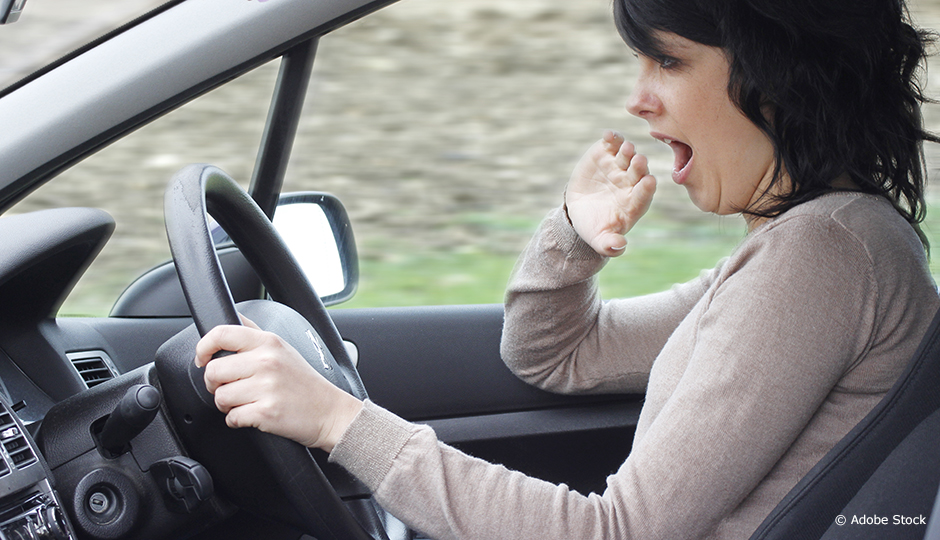Driver fatigue is one of the leading causes of death on our roads, and yet there is still no way to measure fatigue and warn drivers before it is too late. There are several devices on the market that claim to be able to measure attention levels, but are they actually effective for preventing drowsy driving?
Several devices on the market claim to be able to measure attention levels; are they actually effective for preventing drowsy driving?
Catherine Fichten, a psychology professor at Dawson College, led a series of three studies on one of these devices, the NeuroSky MindWave. This portable EEG headset measures the brain’s electrical activity by means of an electrode. Using mathematical algorithms that analyze brain activity, its developers claim that their technology can identify changes in attention, sleepiness and eye blink patterns.
Using a driving simulator at Université de Montréal, Catherine Fichten asked 10 drivers to perform a monotonous 90-minute drive wearing the NeuroSky MindWave. While all drivers reported feeling tired after this virtual drive, the MindWave recorded no changes in their brain activity. Professor Fichten and her team then asked 10 more drivers to wear the device from 2 p.m. until 4 p.m. to verify whether it would detect the notorious “midafternoon slump” typically experienced around 3 p.m. This was not the case. Finally, a 62-year-old female driver wore the headset for an entire day. Once again, the system failed to identify the 3 p.m. slump or the 10 a.m. attention spike.
These three trials show that the NeuroSky MindWave is not yet ready for use as a driving safety aid. A second version has just been launched, which Professor Fichten intends to re-evaluate in her ongoing quest to one day provide “untiring” drivers with a reliable tool that will help them recognize when it’s time to stop.




